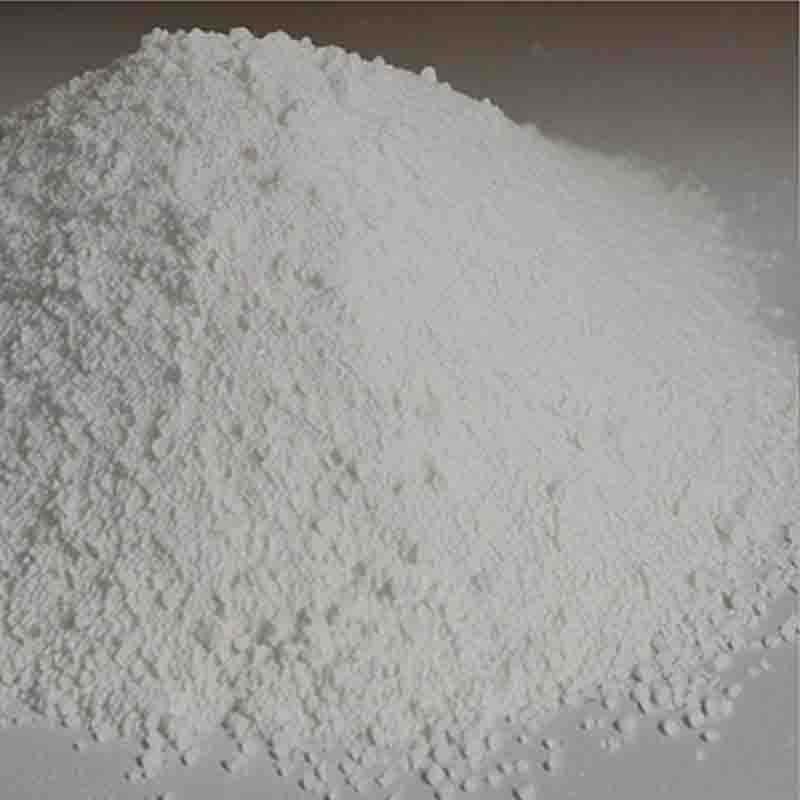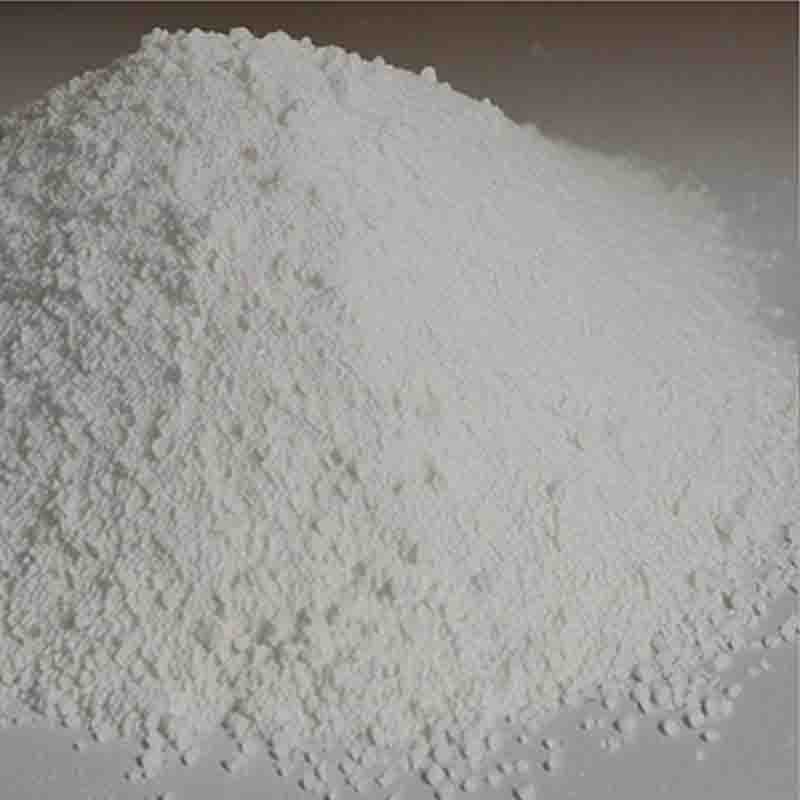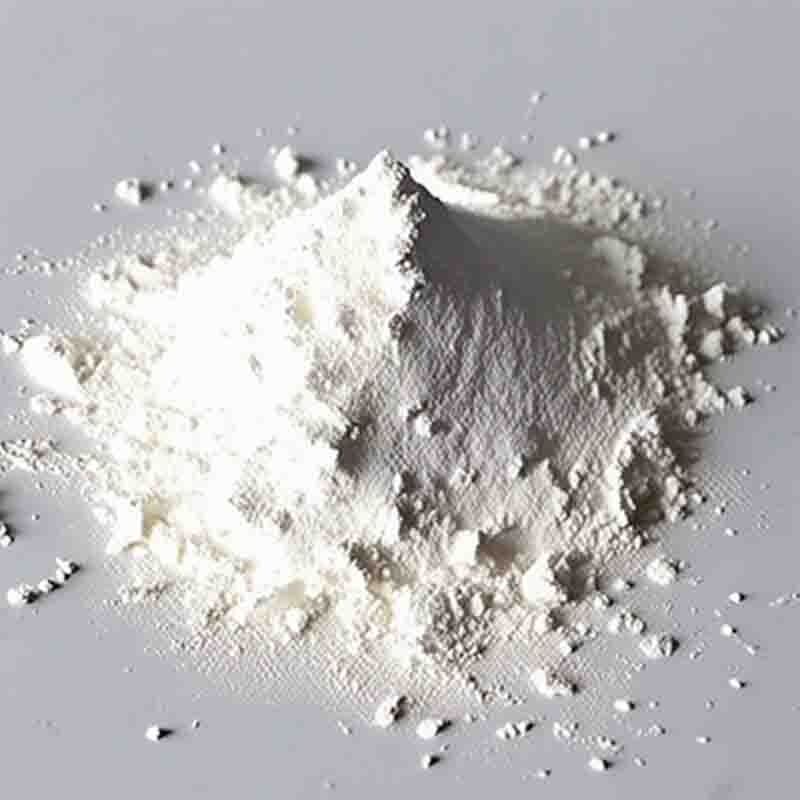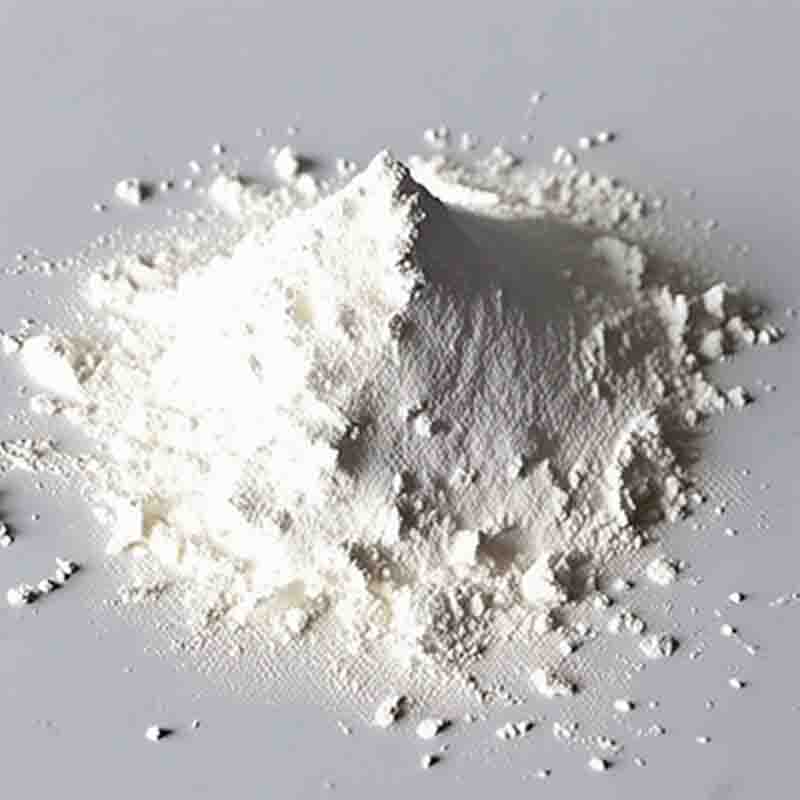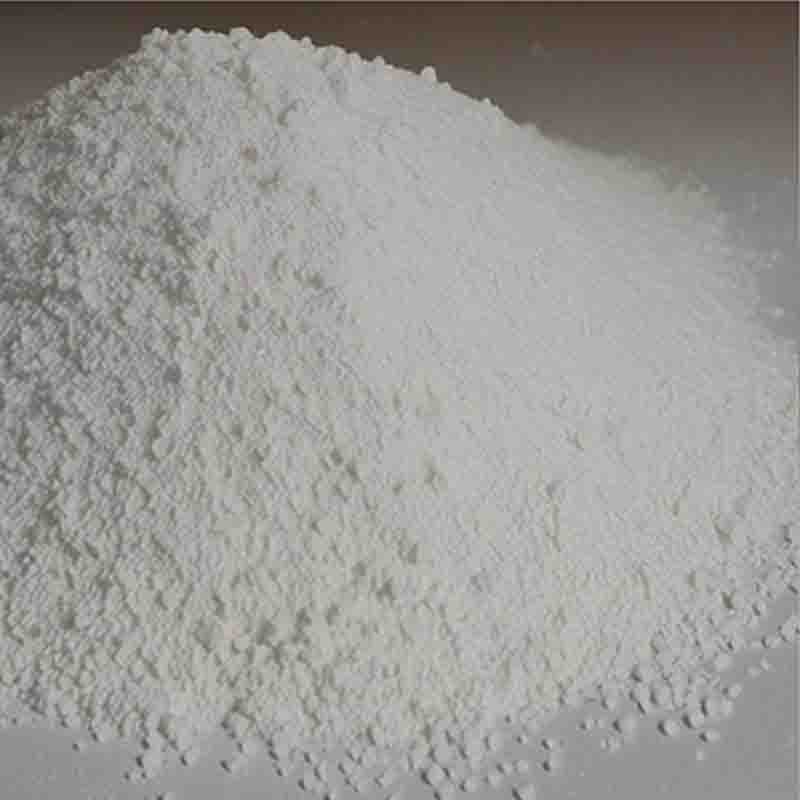Trimesoylchloride CAS:4422-95-1
| Catalog Number | XD96052 |
| Product Name | Trimesoylchloride |
| CAS | 4422-95-1 |
| Molecular Formula | C9H3Cl3O3 |
| Molecular Weight | 265.48 |
| Storage Details | Ambient |
Product Specification
| Appearance | White powder |
| Assay | 99% min |
Trimesoylchloride, also known as benzene-1,3,5-tricarbonyl chloride or BTC, is a chemical compound with the formula C9H3Cl3O3. It has various effects and applications across different industries and fields.One of the main effects of trimesoylchloride is its use as a versatile building block in organic synthesis. It contains three carbonyl (C=O) groups, which can undergo numerous chemical reactions to produce a wide range of compounds. It serves as a valuable acylating agent in the synthesis of esters, amides, and other functionalized molecules. Its reactivity allows for the introduction of the trimesoyl group into various organic compounds, expanding their properties and applications.Furthermore, trimesoylchloride is a key component in the production of polybenzimidazole (PBI), a high-performance polymer. PBI is known for its exceptional thermal stability, flame resistance, and chemical resistance. Trimesoylchloride is used in the synthesis of PBI by reacting with aromatic diamines, resulting in the formation of strong and heat-resistant polymer chains. PBI finds applications in industries such as aerospace, automotive, and electrical due to its excellent properties.In addition, trimesoylchloride is used in the preparation of liquid crystal compounds. Liquid crystals are materials with properties between those of conventional liquids and solids. They have unique optical, electrical, and mechanical properties, making them suitable for electronic displays, optical devices, and sensors. Trimesoylchloride is used as a precursor in the synthesis of liquid crystals, where its chemical reactivity and aromatic structure play a crucial role in controlling their properties.Moreover, trimesoylchloride is often employed as a chemical reagent in analytical chemistry. It can react with different functional groups in organic molecules, facilitating the identification and quantification of various compounds. Its use in derivatization reactions helps enhance the detectability and stability of analytes in techniques such as gas chromatography and mass spectrometry.However, it is crucial to handle trimesoylchloride with care, as it is a corrosive and toxic substance. Proper safety precautions, including the use of protective equipment and working in well-ventilated areas, should be followed when handling and using this compound.In summary, trimesoylchloride has significant effects and applications in various fields. It is used as a versatile building block in organic synthesis, a key component in the production of high-performance polymers like PBI, a precursor in the synthesis of liquid crystals, and a chemical reagent in analytical chemistry. However, caution must be exercised when working with trimesoylchloride due to its corrosive and toxic nature.




